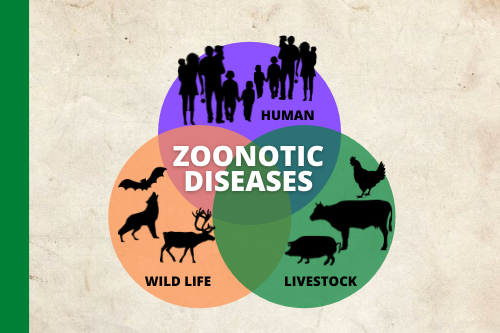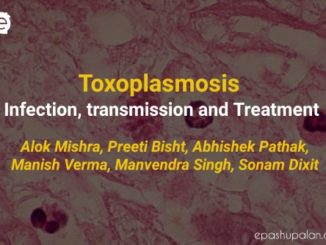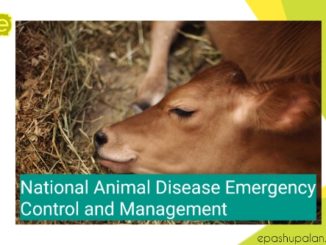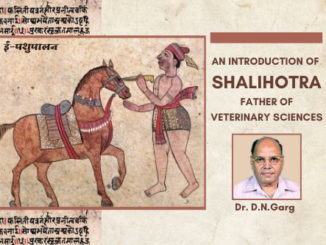Zoonoses are diseases and infections that are naturally transmitted between vertebrate animals and humans. Zoonoses constitute 61% of all known infectious diseases. It may also be noted that out of the 175 diseases considered to be emerging, 75% are zoonotic. Poor hygiene, poverty, malnutrition, lack of education, close contact with animals are predisposing factors causing zoonotic diseases. There are some 45 zoonotic diseases purported to be transmitted from cattle. Dairy farmers who are in close contact with their animals are always at risk of acquiring infections from animals, especially since most of these diseases are prevalent in animals in our country. It is important that the farmer is aware of these diseases which could help him seek appropriate advice or treatment from a doctor. This article briefly describes the following zoonotic diseases that can be transmitted by cattle:
- Human Brucellosis
- Human Tuberculosis
- Leptospirosis
- Gastro-intestinal zoonotic diseases
- Tick borne zoonotic diseases
Human Brucellosis
Brucellosis is considered to be a significant public health problem in India. Fewer than 10% of the human cases of brucellosis in India may be clinically recognized and treated or reported. Most common symptoms are intermittent fever, joint pain and swelling , sweating, dizziness, headaches, chest and abdominal pain etc, though there are a wide range of symptoms that can be seen. Humans get infection by drinking raw milk of infected animal or by contact with infected secretions through skin or mucous membranes, especially conjunctiva. Accidental injection with S 19 vaccine could also lead to infection.

Human Tuberculosis
The disease in humans caused by bovine TB (bTB) and human TB bacteria are identical with respect to clinical symptoms and lesions and would require complex tests to distinguish them. The importance of human TB bacterium as a reverse zoonosis (causing infection in animals) is also gaining prominence with reports humans and bovines respectively having mixed infections with both bTB and human TB organisms. There may be no symptoms till the disease is quite advanced. The common symptoms are cough, loss of weight, poor appetite etc. Humans get the infection by drinking contaminated milk from infected animals or by close contact with infected animals.
Leptospirosis
Cattle are one of the principal hosts for Leptospirosis. Infection in humans is most likely to occur by contact with contaminated urine or uterine contents and by milking infected cattle. Infection rate is also higher in monsoon months. The most common symptoms are fever, headache, nausea, vomiting, diarrhoea, jaundice, body rashes etc.
Gastro-intestinal zoonotic diseases
There are various zoonotic diseases affecting the intestinal tract. Some examples are infections with Salmonella, E.Coli, Campylobacter, Rota virus, Cryptosporidia and Giardia. The infection occurs through the faecal-oral route which is always a possible route of contamination in the rural environs where close contact with cattle is common. The young, malnourished, immuno-compromised and pregnant women are usually more susceptible. The common symptoms in gastro-intestinal zoonotic diseases are fever, diarrhoea, loss of appetite, weight loss, dehydration etc.
Tick borne zoonotic diseases
Tick-borne infections have been reported from various regions of our country and are a group of zoonotic diseases that requires attention. They may be difficult to diagnose due to their non-specific signs and symptoms. The possibility of these infections being prevalent cannot be discounted with people living in close proximity with cattle (with moderate to high loads of ticks on them). Babesiosis, Rickettsial infections and Crimean Congo Haemorrhagic Fever (CCHF) are some of the examples of tick borne infections.
|
The content of the articles are accurate and true to the best of the author’s knowledge. It is not meant to substitute for diagnosis, prognosis, treatment, prescription, or formal and individualized advice from a veterinary medical professional. Animals exhibiting signs and symptoms of distress should be seen by a veterinarian immediately. |






Be the first to comment